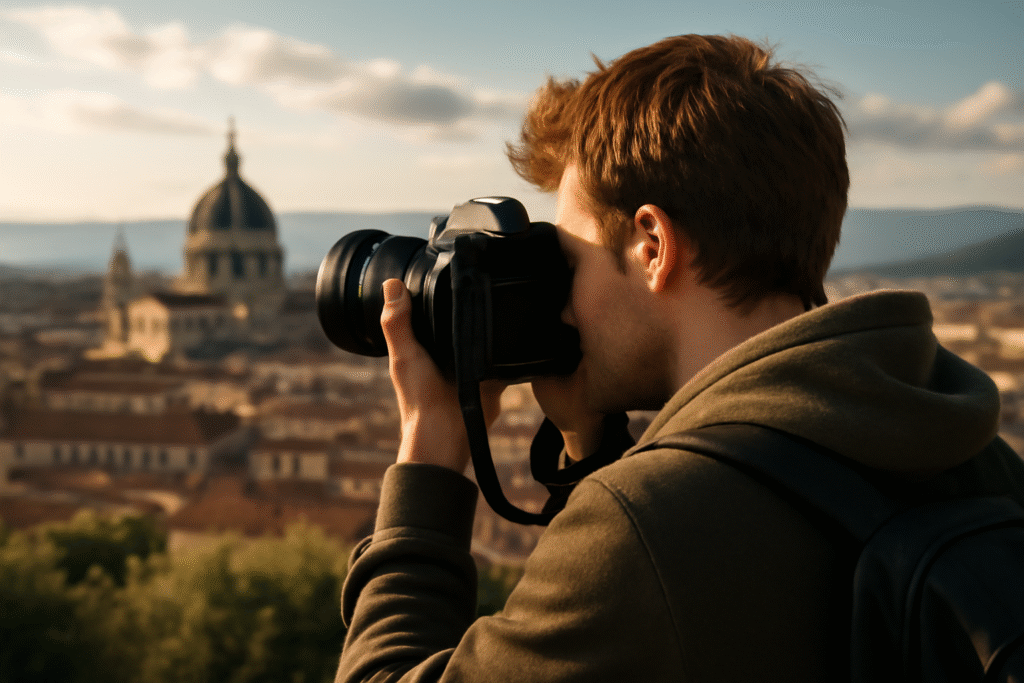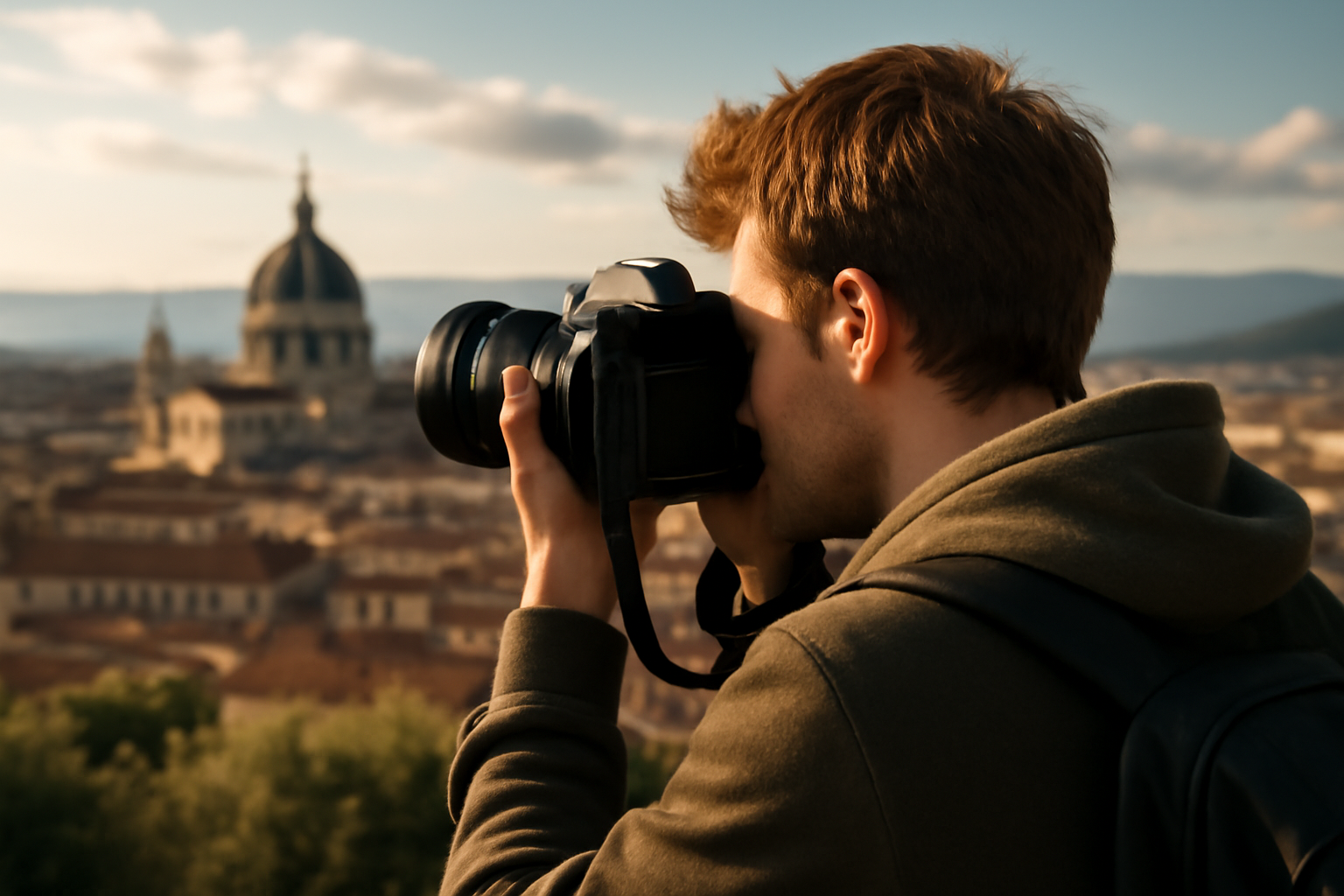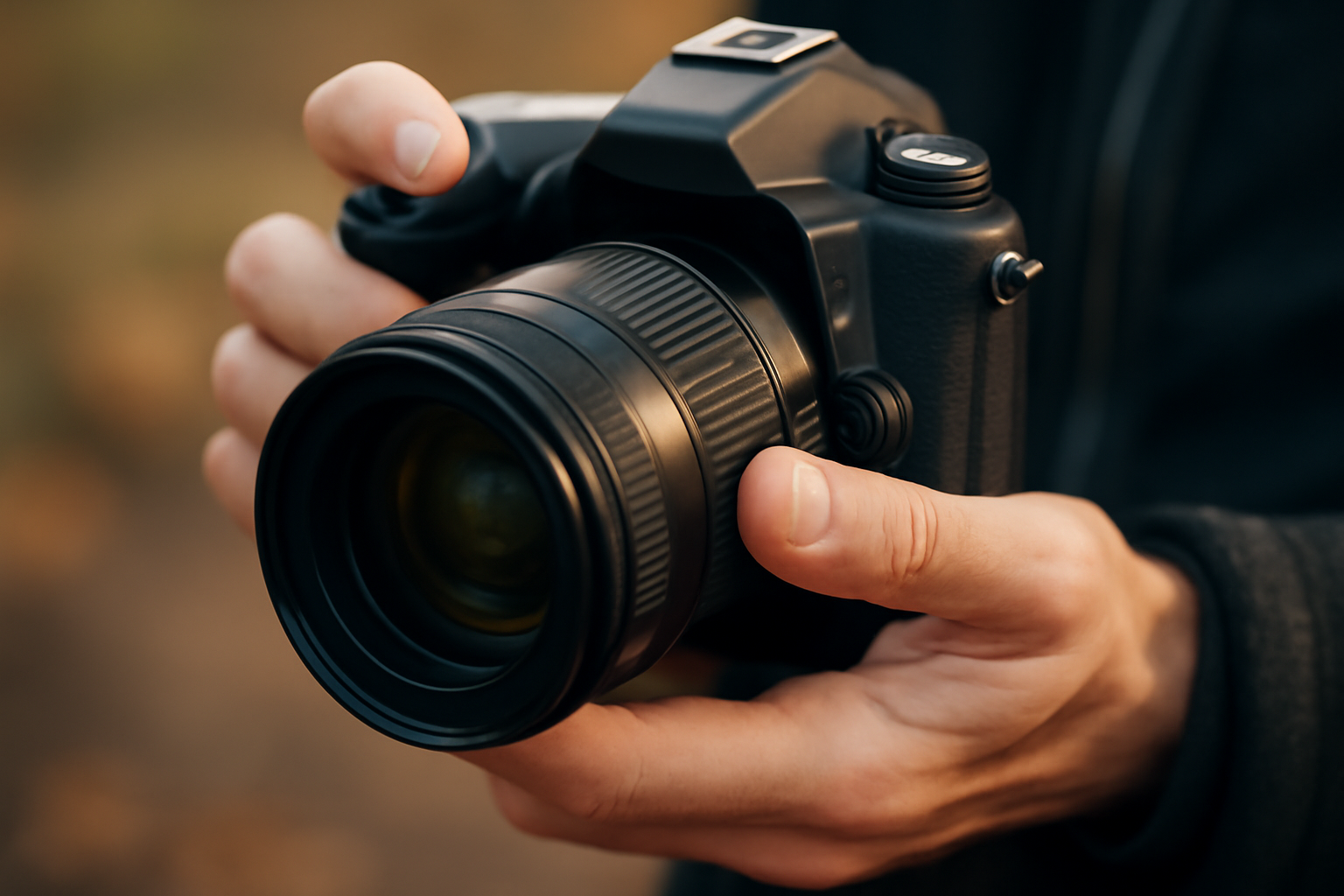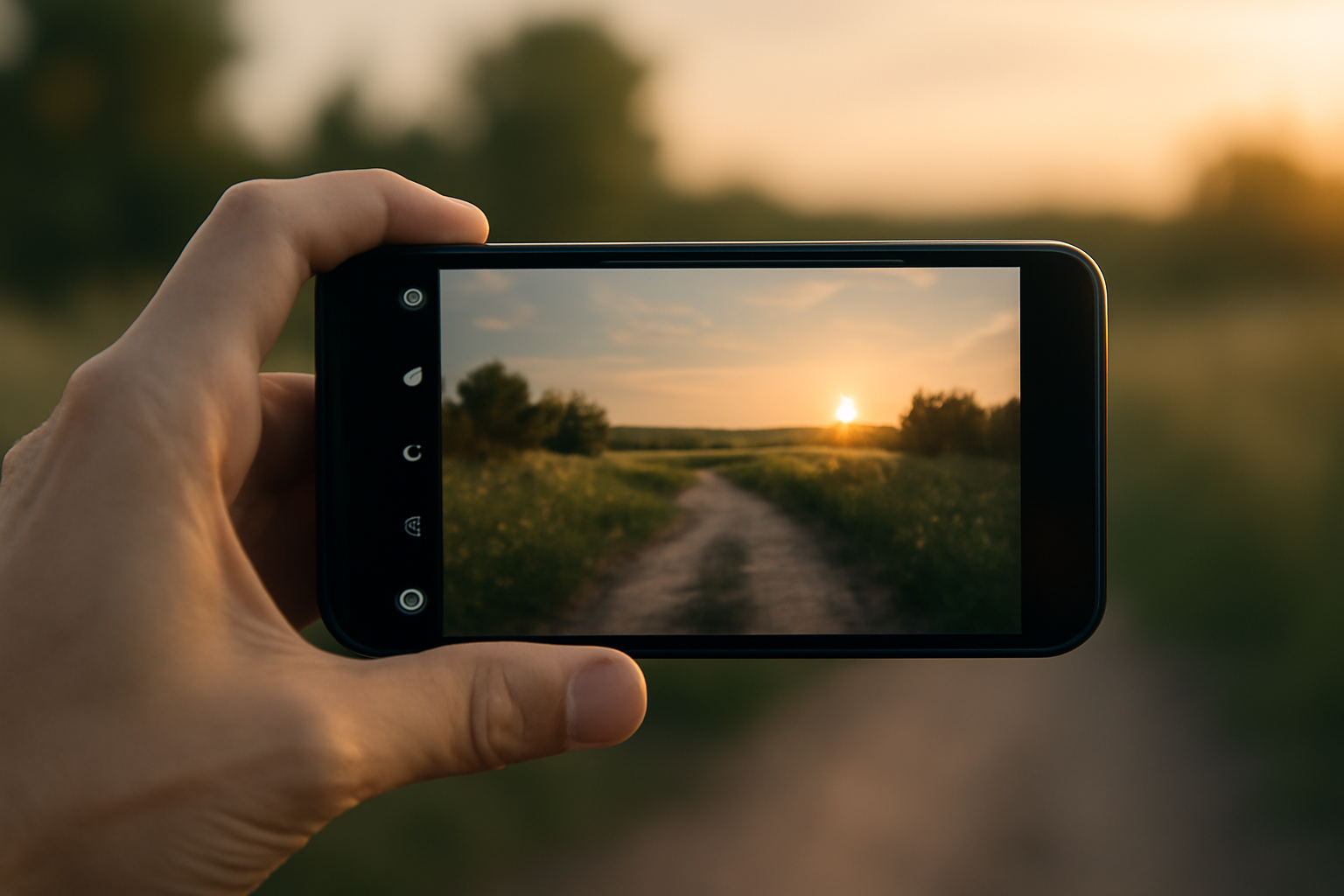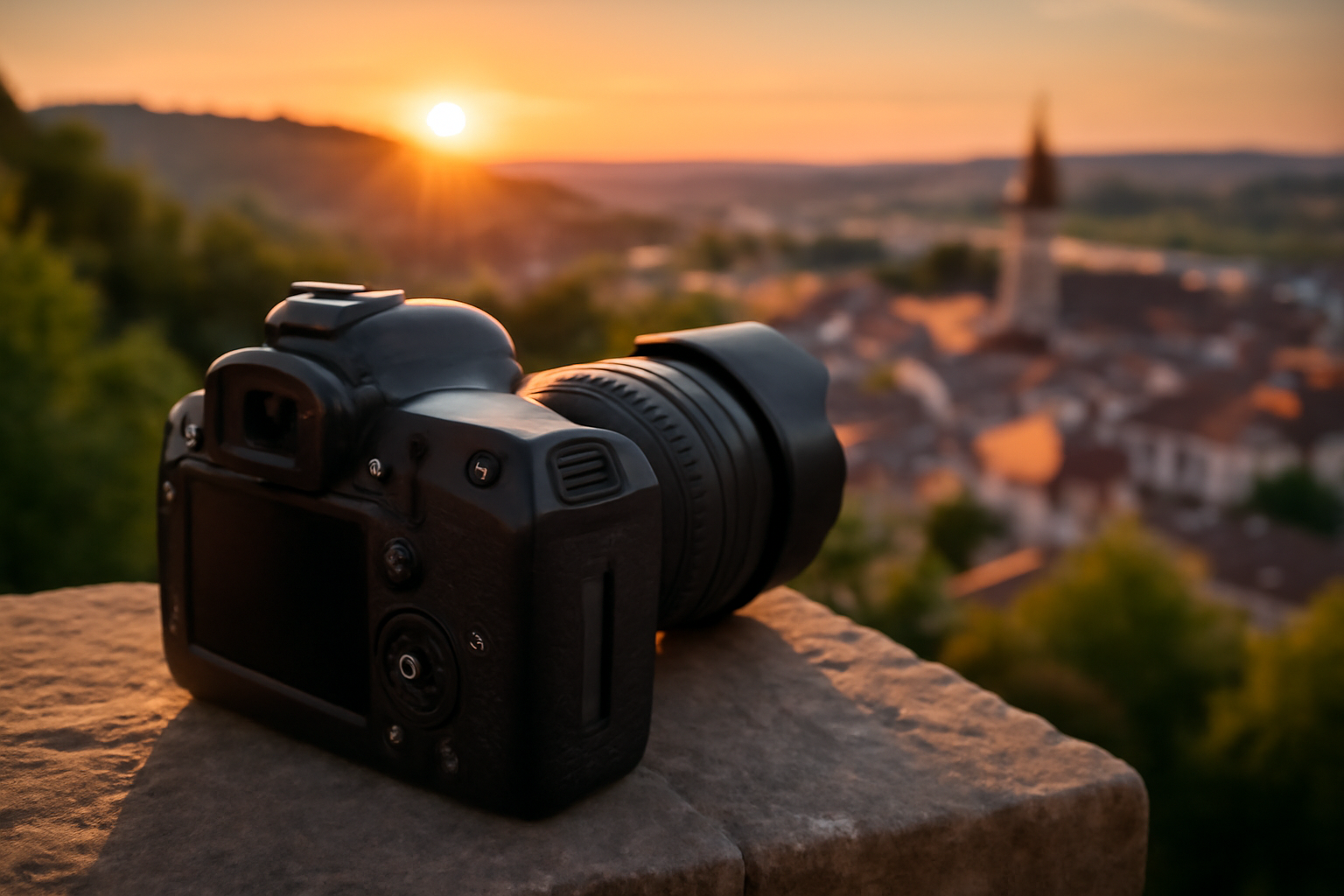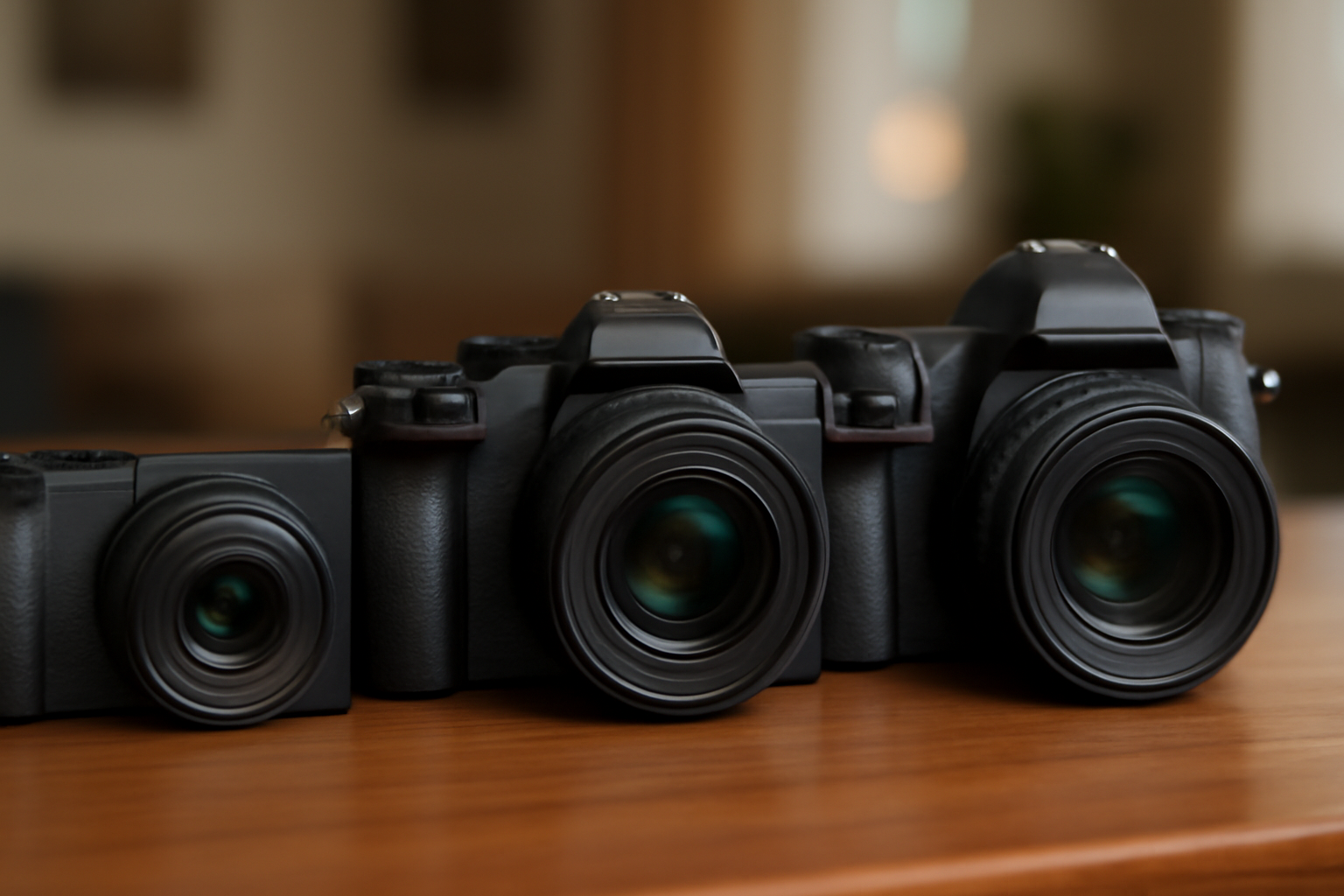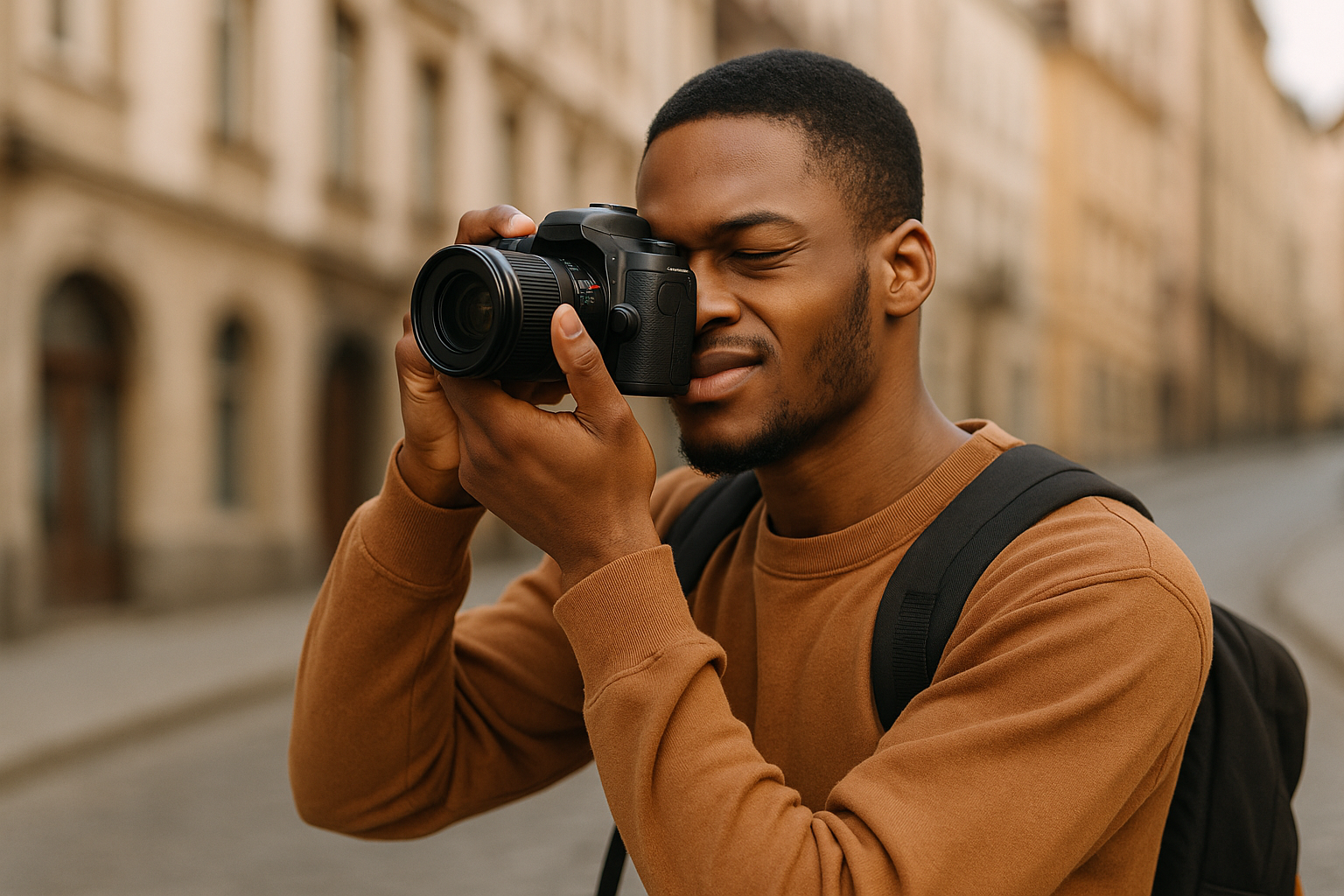Travel is one of the most rewarding experiences we can have, and photography makes it possible to relive those moments long after the trip ends. The food, the architecture, the landscapes, the people you meet — every element tells a story. But capturing that story beautifully takes more than just pointing your camera at landmarks. To create meaningful travel photos, you need intention, creativity, and a few practical techniques that help you move beyond typical snapshots.
The good news? You don’t need professional gear or years of training to take memorable travel photos. What matters most is your ability to see, to connect with your surroundings, and to tell a story through images. Let’s explore how to make your next travel photos not just beautiful, but unforgettable.
Shift From Tourist to Storyteller
Most tourists take photos to document where they’ve been. Photographers, on the other hand, create images that capture the essence of a place. Instead of simply photographing a landmark, ask yourself: what makes this place unique? Is it the light, the colors, the people, the atmosphere?
By thinking like a storyteller, your images will go beyond “I was here” and begin to say, “This is what it felt like to be here.”
Research Before You Go
Beautiful travel photography starts long before you arrive. Research your destination to understand iconic spots worth capturing, lesser-known gems that tell authentic stories, the best times of day for lighting and fewer crowds, and local customs to respect when photographing people.
This preparation doesn’t mean you have to follow a rigid plan — it simply gives you a foundation so you can spend more time creating and less time guessing.
Travel Light, Pack Smart
When you’re exploring new places, carrying too much gear can slow you down and make you miss spontaneous moments. Instead, focus on a minimal kit: one camera body, one versatile lens (24–70mm or 35mm prime), a lightweight tripod for landscapes and night shots, and spare batteries and memory cards.
Your goal isn’t to bring a studio with you — it’s to stay agile and present. A simple setup helps you focus on the experience.
Wake Up Early, Stay Out Late
Some of the most beautiful travel photos are taken when others are asleep. Early morning light is soft, streets are empty, and locals are starting their day. At night, cityscapes glow with artificial light, and the atmosphere transforms.
Tips: sunrise often offers cleaner compositions with fewer tourists; sunset adds warmth and drama; and blue hour (just after sunset) creates stunning colors for city photos. Chasing light, rather than just locations, will elevate your travel photography.
Capture People, Not Just Places
Landscapes and architecture are important, but people bring life to your images. Street vendors, musicians, children playing — they all tell the human story of a place.
When photographing people, always be respectful and ask for permission when appropriate. Focus on genuine moments rather than staged poses, and capture interactions that show culture and personality. These candid, human-centered images often become the most meaningful from a trip.
Pay Attention to Details
Big landmarks get plenty of attention, but beauty often hides in the details. Think textures, colors, and small moments: patterns in tiles or fabrics, reflections in puddles, food being prepared at a market, or bicycles leaning against walls.
Details add depth to your travel story, helping others feel what you felt.
Look for Unique Perspectives
Anyone can take a photo of the Eiffel Tower from the front. But can you find a different angle? Perhaps through an archway, reflected in a puddle, or framed by nearby trees?
Challenge yourself to move beyond obvious shots: shoot from high above (rooftops, hills, drones), get down low for an unusual perspective, or frame your subject with windows, doorways, or arches. Your creativity in perspective can turn a common subject into something extraordinary.
Capture the Everyday Moments
While dramatic landscapes and monuments are exciting, don’t forget the everyday beauty of travel: locals commuting on bicycles, street food sizzling on a grill, laundry hanging between buildings, or children playing soccer in a dusty field. These ordinary moments often reveal more about a place than its landmarks.
Be Patient
Great travel photos often require waiting. Waiting for the right light, for crowds to clear, or for an interesting subject to walk into the frame. Patience separates snapshots from storytelling images. Instead of rushing, pause and let the scene unfold. Travel photography is as much about experiencing the place as capturing it.
Tell a Story With a Series
One photo can be powerful, but a series tells a story. Instead of only photographing the Taj Mahal, capture the journey there, the people outside, the details inside, and the mood around it. When viewed together, your images will feel more complete and immersive.
Include Yourself
Don’t forget to step into your own story. Self-portraits, reflections, or photos taken with a timer or remote add a personal layer. It’s not about vanity — it’s about documenting your relationship with the place.
Try creative approaches like silhouettes against iconic landscapes, reflections in mirrors or windows, or wide shots showing you small against a grand backdrop. Including yourself makes your travel story more intimate and relatable.
Master Light and Weather
Travel doesn’t guarantee perfect light. Some days are cloudy, rainy, or overly bright. Instead of complaining, adapt.
On bright days, use shadows and contrast to your advantage. On cloudy days, embrace the soft, even light for portraits. In rain, capture reflections and atmosphere. Every type of weather has its own beauty — your job is to see it.
Use Composition Thoughtfully
Strong composition elevates even ordinary scenes. Use techniques like rule of thirds for balance, leading lines to guide the viewer’s eye, framing with natural or architectural elements, and symmetry for striking visuals. These tools help organize your photos and make them more engaging.
Respect the Culture
Travel photography isn’t just about beauty — it’s about responsibility. Always respect local customs and privacy. Some cultures may not welcome photos of people, religious sites, or ceremonies.
When in doubt, ask politely or observe before shooting. Your respect builds trust, which often leads to better, more authentic images.
Capture Movement
Still photos don’t mean lifeless photos. Motion brings energy to your travel images.
Ideas: slow shutter speeds to blur crowds while keeping architecture sharp, long exposures for car trails in cities, or freezing action at festivals, dances, or markets. Movement shows the rhythm of a place and keeps your photos dynamic.
Edit With Intention
Post-processing is part of the creative process. But editing should enhance, not distort, your travel story.
Adjust exposure and contrast for clarity, enhance colors slightly to match what you felt, crop to strengthen composition, and avoid over-saturation or heavy filters that make the image feel fake. Aim for edits that feel timeless, not trendy.
Use Your Phone Wisely
You don’t always need a camera. Modern smartphones capture incredible travel photos. Their portability means you’re ready for spontaneous moments.
Tips: clean your lens often, use HDR mode for tricky light, and experiment with mobile editing apps like Snapseed or Lightroom Mobile. The best camera is the one you have with you — and often, that’s your phone.
Build a Visual Diary
Instead of focusing only on “perfect shots,” build a diary of your trip. Capture wide landscapes, medium shots of people, and close-ups of details. Together, these images form a complete memory of your journey. Looking back, you’ll appreciate not just the famous sites but also the small, everyday moments that defined your experience.
Stay Present
Finally, remember that travel photography is about balance. Don’t let the camera consume your entire trip. Sometimes the most beautiful moments are best experienced with your eyes, not through a lens. Be present, connect with people, and enjoy the adventure. The more you immerse yourself in the experience, the more authentic and beautiful your photos will be.
Learn to Anticipate Moments
Travel photography is not only about reacting quickly — it’s also about anticipating what might happen. Spend time observing a scene before lifting your camera. Notice the flow of people, the rhythm of traffic, or the routine of a market vendor. By predicting when something interesting will happen, you position yourself for more authentic shots.
For example, if you see children playing in a square, watch their movement and wait for the moment when laughter, a jump, or an interaction unfolds. Anticipation gives you the ability to capture not just images, but emotions.
Create Connections Through Your Photos
One of the most powerful aspects of travel photography is its ability to connect cultures. By capturing respectful, genuine portraits of locals or everyday scenes, you create images that bridge differences and highlight common humanity.
When you show your photos to the people you photograph, it often sparks smiles and conversations. This act of sharing can lead to more opportunities, whether it’s being invited into a workshop, joining a family meal, or discovering places tourists rarely see. Your camera becomes more than a tool — it becomes a way to connect deeply with others.
Revisit Locations at Different Times
Don’t settle for a single photo of a landmark or scene. Light, weather, and human activity change throughout the day, giving you new opportunities each time.
A street may look ordinary at noon, but magical at sunrise. A market may feel chaotic in the morning and quiet in the afternoon. Returning to the same place allows you to see it differently and build a richer collection of images.
Final Thoughts: Travel Photos That Last
Beautiful travel photography isn’t about chasing likes or replicating postcards. It’s about creating images that remind you of how it felt to be there. By researching, staying curious, paying attention to light and detail, and respecting the culture, you can elevate your photos from simple snapshots to powerful memories.
The next time you travel, don’t just collect images — collect stories. With patience, awareness, and creativity, your photos will become not just souvenirs, but works of art that transport you back to the heart of your journey.
